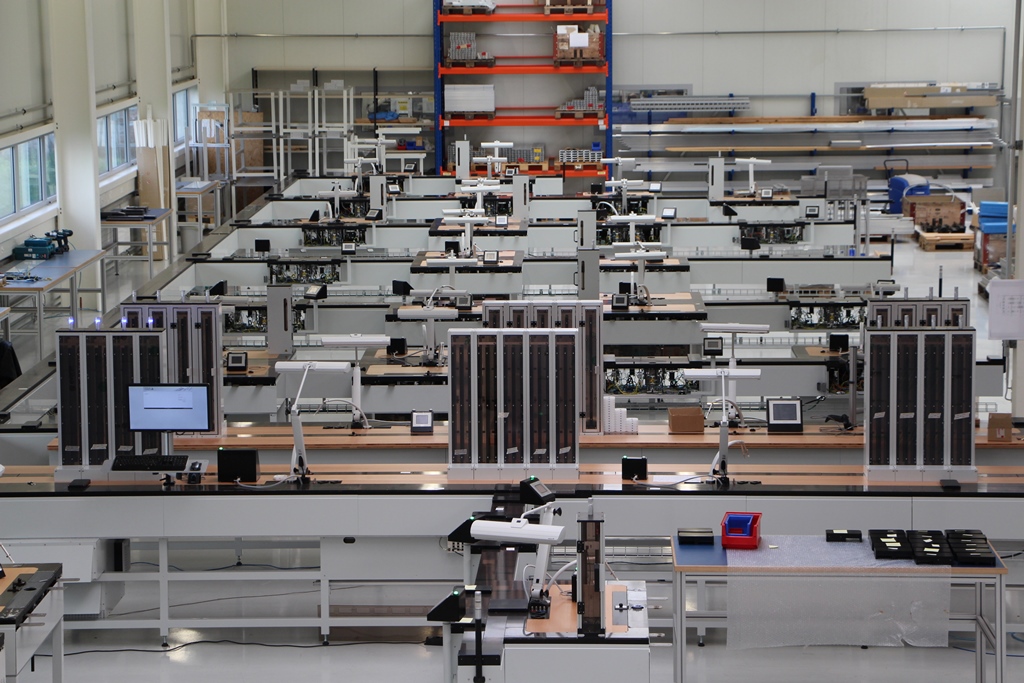RFID Conveyor System

RFID conveyor systems are important for optimising efficiency and accuracy in production and logistics operations. By seamlessly integrating RFID technology with conveyor systems, businesses can streamline their processes. This can improve inventory management and gain real-time insights into their supply chain. In this article, we will explore RFID conveyor system benefits, functions and key considerations.
What is RFID Conveyor System:
RFID conveyor system combines traditional conveyor belts with RFID technology to enable products to be automatically identified and tracked as they move along the production or distribution line. RFID tags, consisting of a microchip and an antenna, are attached to the products, pallets or containers being transported. These tags emit radio signals that are captured by RFID readers strategically placed throughout the conveyor system. It also provides seamless data collection and transmission.
Increasing Productivity:
One of the main advantages of the RFID conveyor system is the significant improvement in productivity. With RFID technology, manual scanning or barcode reading is eliminated, reducing human error. This saves time. Automatic identification and tracking of items on the conveyor belt enables fast sorting, routing and distribution, resulting in smooth operations and increased productivity.
Improving Inventory Management:
Accurate inventory management is critical for businesses to optimise their supply chains. The RFID conveyor system provides real-time visibility of products as they pass through the conveyor belt. Each RFID tag carries unique identification information. This system allows businesses to track the location, quantity and movement of each item in real time. This level of visibility allows for timely replenishment. This minimises stock-outs, reduces excess inventory and improves overall inventory accuracy.
Facilitating Workflow and Order Fulfilment:
With this system, businesses can streamline their workflow and order fulfilment processes. By integrating RFID technology with automated material handling systems, items can be automatically identified and directed to the appropriate locations. This reduces manual handling and improves order accuracy. This streamlining of processes leads to faster order fulfilment, shorter lead times and improved customer satisfaction.
Important Considerations for Implementing RFID Conveyor Systems:
Before implementing an RFID conveyor system, businesses should consider several important factors. Firstly, it is essential to assess the compatibility of existing infrastructure and conveyor systems with RFID technology. In addition, it is crucial to select the right RFID tags, readers and antennas to suit specific operational requirements. Proper integration with existing software systems and ensuring robust data security and privacy measures are also important considerations. The RFID conveyor system offers a range of benefits for businesses looking to optimise efficiency, accuracy and traceability in their manufacturing and logistics operations. Businesses can streamline processes by seamlessly integrating RFID technology with conveyor systems. Thus, they can improve inventory management and achieve real-time visibility in their supply chains.
Labels: RFID, rfid tag, rfid tag, product tracking, inventory tracking, RFID conveyor system, conveyor system, rfid reader, rfid reader
August 07, 2023
Return to List